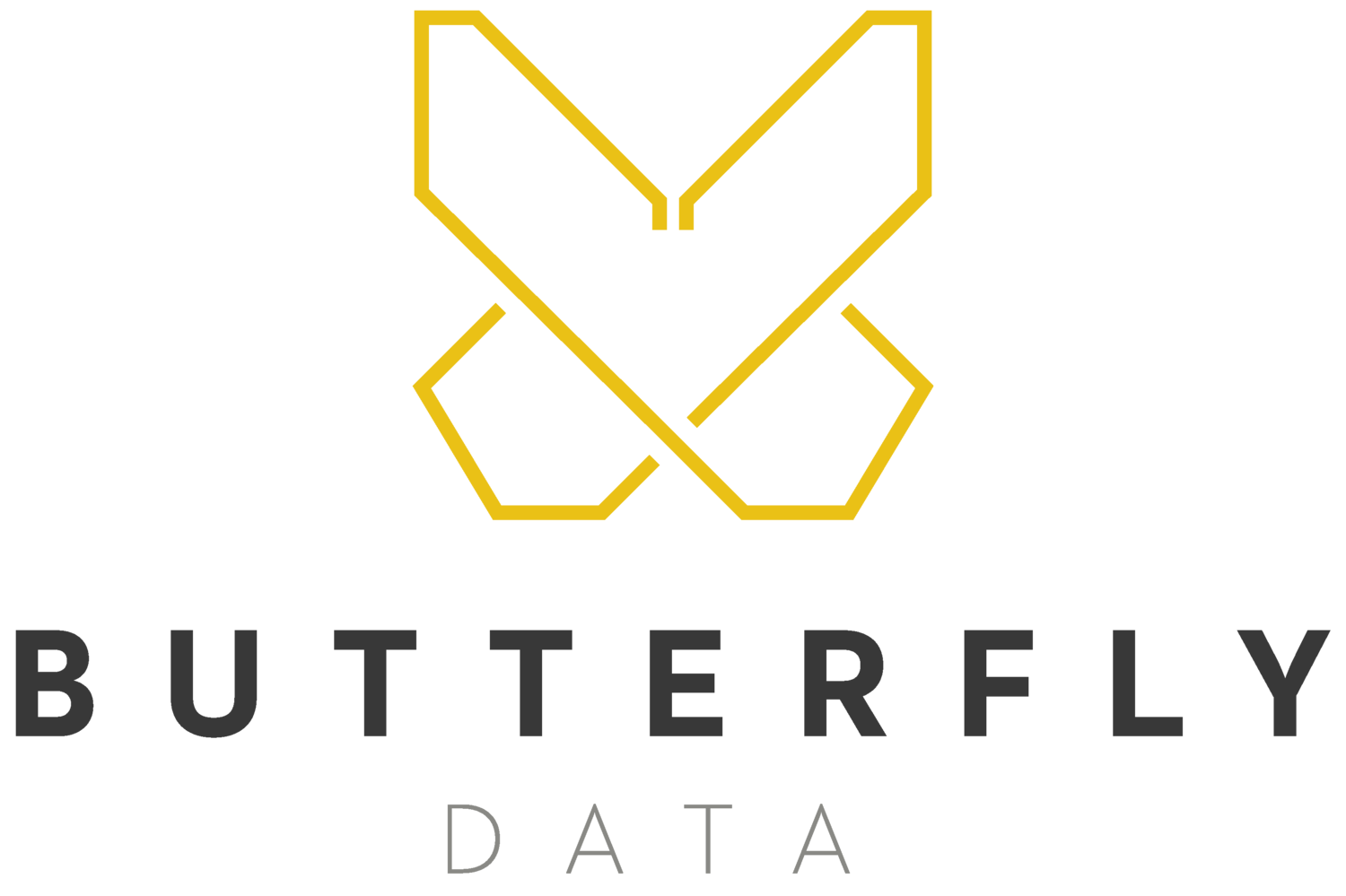Limited Instruction Set
One of the first ever programming environments I used was a scripting language inbuilt into my Texas Instruments TI-83 calculator, which I needed for my Maths A-level. Everyone in my class at the start of the course was told getting one was essential but what mitigated one of the less fun purchases you could make as a 17 year old (well for us Computing A-level nerds anyway), was discovering the inbuilt programming language. Although really intended for making repetitive graph drawing quicker, myself and my fellow geeks quickly started using it for less productive reasons. We managed to: develop noughts and crosses games, recreate the classic Gameboy startup animation, and even produce knock-off Tamagotchis themed around classmates. The joy of it was figuring out how to push the basic language to do things that were not expected.
Out of this experience, followed by many years of developing in other environments, is the view that one of the great delights of being a programmer is found in wringing every little drop of functionality from a basic instruction set. It is of course great to have something like SAS to throw at a data challenge, with its huge array of products and seemingly unending library of PROCs. Whilst it is in that space where what often really matters is achieved, there is a special satisfaction that comes from pushing something fairly basic to achieve something important. I think this stems from every programmer’s desire to build their solutions in the most efficient way possible. There’s always something rather annoying about getting something working but knowing if you had time you could make it way more efficient. When you’re working with a limited instruction set and pushing it to its very limits you can feel far more certain you are maxing it out.
This pursuit of building something great out of just a few basics does not need to just be the preserve of programmers. As the photo above shows, Lego is the original “let’s make something grand from a handful of building blocks.” I have increasingly been figuring out different ways I can avoid using DTP software and make the leaflets and documents I need from pushing Google Slides to do various things. I know I am not the only one here at Butterfly who enjoys doing this either. Some years ago, one of our directors, Wayne, asked me to update a brochure we had created that highlighted our services. Seeing just the PDF copy, originally I presumed this would be a MS Publisher job but once the template file appeared in my inbox I was shocked to discover it was a Word file. Nothing could have prepared me for what I saw upon opening it. Word, with its intention that our documents would go from left to right and contain inline wrapped pictures, appeared to be fighting for its life with the level of inventiveness applied!


